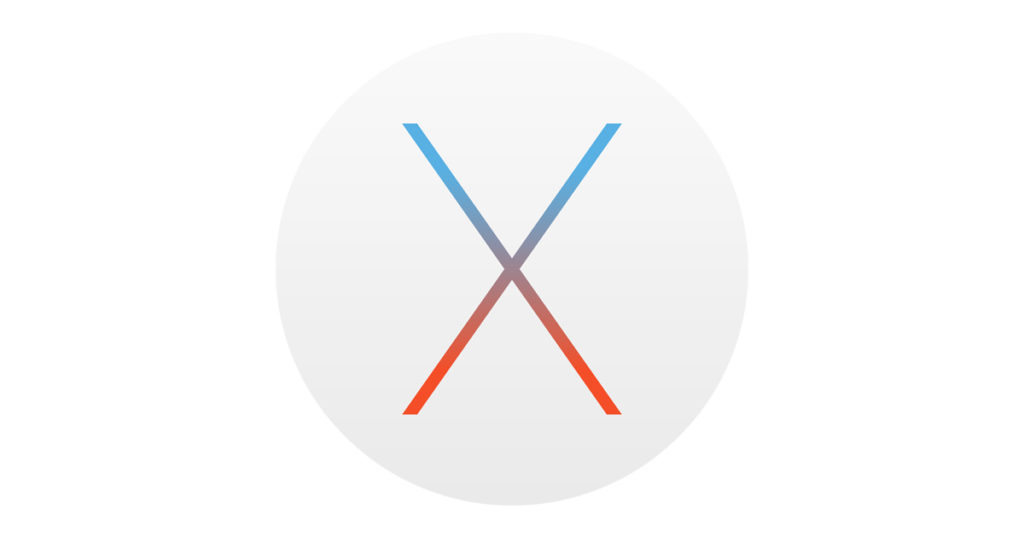
It doesn’t tell us whether the apps in the list are currently approved or not, only that each app listed once presented the user with the option of opening System Preferences and what the user chose to do about it at that time. This list could prove useful for identifying adware installers that try to trick users into allowing them into Accessibility (looking at you, PDFPronto and friends), but it’s main drawback is that the list is historical and doesn’t indicate the current denizens of Accessibility. That gives us a list of all the apps that macOS has ever thrown the ‘some.app would like permission to control your computer’ dialog alert for, along with an indication of the user’s response (1= they opened sys prefs, 0= they hit Deny). The first is that we can read the property list that records all invocations of the Accessibility authorisation dialog, without admin rights:ĭefaults read ~/Library/Preferences/ There are three possibilities for keeping an eye on bad actors trying to exploit Accessibility without acquiring elevated privileges ourselves, each of which has some drawbacks. Without direct access to TCC.db, we might wonder whether there are any other less obvious ways by which we can determine which apps are able to access Accessibility features. Surely, it would be more secure to be able to determine who, if anyone, is in the vault without having to actually take the risk of unlocking the door. Asking users to grant elevated privileges just to check which apps are in Accessibility is akin to opening the bank vault in order to do an employee head count.

The use case for being able to read the TCC.db database is clearly demonstrated by apps like DetectX Swift: security apps that conform to the principle of least privilege, always a good maxim to follow whenever practical. Moreover, there doesn’t seem to be any obvious vulnerability in allowing read access to that data, just so long as the write protection remains, as it does, in place. However, there remains a case (as I will demonstrate shortly) where developers may well need to know whether apps other than their own are, or are not, in the list. The AXIsProcessTrusted() global function, for example, will return whether a calling process is a trusted accessibility client (see AXUIElement.h for related functions): Certainly, Apple have provided APIs by which developers can test to see if their own apps are included in the database or not. It’s not clear to me why reading the database should require privileges. On my machine, this indicates that there are twelve applications in the System Preferences’ Privacy pane, all of which are enabled save for two, namely LaunchBar and Safari: Sudo sqlite3 /Library/Application\ Support//TCC.db 'select * from access' A sufficiently privileged app (or user) can output the current list with: An app with elevated privileges can, however, still read the database. Since Apple put TCC.db under SIP protection subsequent to my reports on Dropbox’s user-unfriendly behaviour, apps are no longer able to write to the database via SQL injection. If your aim is to inform unsuspecting users of any changes or oddities in the list (such as adware, malware or just sneaky apps that want to backdoor you for their own ends), then reading TCC.db directly is the best way to get that information.

#Mac malwarebytes detectx software
While in general that is probably true, there is at least one good reason I can think of why a legitimate app might reference that file: reading the TCC.db used to be the easiest way to programmatically retrieve the list of apps that are allowed Accessibility privileges, and one reason why a piece of software might well want to do that is if it’s a piece of security software like DetectX Swift.
#Mac malwarebytes detectx code
There is no legitimate or benign reason why non-Apple code should ever reference file! One particular comment in Wardle’s article caught my eye: Of interest from a security angle is that one of the permissions an app with access to Accessibility can gain is the ability to simulate user clicks, such as clicking “OK” and similar buttons in authorisation dialogs. Wardle was retro-hunting possible malware by searching for apps on VirusTotal that access Apple’s TCC privacy database.įor those unfamiliar, TCC.db is the database that backs the System Preferences > Security & Privacy | Accessibility preferences pane and which controls, among other things, whether applications are allowed access to the Mac’s Accessibility features. Earlier this year, Digita Security’s Patrick Wardle took apart a cross-platform backdoor trojan he nicknamed ”ColdRoot’.


 0 kommentar(er)
0 kommentar(er)
